Affordable Hope: Stem Cell Therapy Costs for Muscular Dystrophy in India
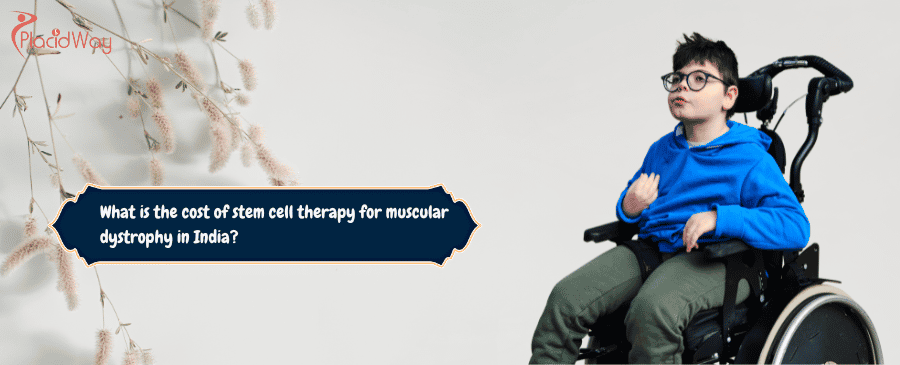
Muscular Dystrophy (MD) is a group of genetic disorders that cause progressive weakness and loss of muscle mass. For individuals and families facing this challenging condition, finding effective and affordable treatment options is a paramount concern. Stem cell therapy has emerged as a promising avenue, with India gaining recognition as a hub for medical tourism offering these innovative treatments. This blog post will delve into the various aspects of stem cell therapy for muscular dystrophy in India, answering common questions and providing detailed insights.
What is the approximate cost of stem cell therapy for muscular dystrophy in India?
"Stem cell therapy for muscular dystrophy in India can range from approximately $2,000 to $8,500 USD per cycle, with some sources indicating costs as low as ?1,00,000 (around $1,200 USD) for certain clinics, although overall treatment plans can go up to $30,000 depending on various factors."
The cost of stem cell therapy for muscular dystrophy in India is significantly lower compared to Western countries, often being 70% to 80% less. This affordability is a major draw for international patients seeking high-quality care without the exorbitant price tag. It's important to note that the total cost is not a fixed figure but rather a range influenced by several factors, including the type of stem cells used, the number of treatment sessions, the severity of the patient's condition, the reputation of the clinic, and any additional services like post-treatment rehabilitation.
Why is stem cell therapy for muscular dystrophy more affordable in India?
"The affordability of stem cell therapy for muscular dystrophy in India is primarily due to lower operational costs, competitive healthcare market, and a favorable exchange rate compared to many Western countries, without compromising on the quality of medical care or technology."
India's healthcare sector benefits from a lower cost of living, which translates to reduced operational expenses for hospitals and clinics. This includes lower salaries for medical staff, cheaper infrastructure, and more affordable medical supplies. Additionally, the presence of a competitive medical tourism market encourages clinics to offer competitive pricing to attract international patients. Despite the lower costs, many Indian hospitals and clinics adhere to international standards of care and utilize advanced technologies, making it an attractive option for those seeking effective yet economical muscular dystrophy treatment.
What types of muscular dystrophy can be treated with stem cell therapy in India?
"Stem cell therapy in India is being explored for various types of dystrophy, including Duchenne Muscular Dystrophy (DMD), Becker's Muscular Dystrophy (BMD), Limb-Girdle Muscular Dystrophy (LGMD), and Facioscapulohumeral Muscular Dystrophy (FSHD), among others."
While stem cell therapy is not a definitive cure for all types of muscular dystrophy, it aims to mitigate symptoms and slow disease progression. Different types of MD affect muscles in various parts of the body, and research into stem cell applications for each type is ongoing. Clinics in India often offer personalized treatment plans tailored to the specific type and stage of the patient's muscular dystrophy, focusing on improving muscle function, reducing inflammation, and enhancing overall quality of life.
How does stem cell therapy work for muscular dystrophy?
"Stem cell therapy for muscular dystrophy typically involves introducing specialized stem cells into the patient's body, where they can help repair damaged muscle tissue, reduce inflammation, improve blood flow, and potentially stimulate the regeneration of healthy muscle fibers."
Stem cells possess unique properties, including the ability to differentiate into various cell types and to self-renew. In the context of muscular dystrophy, these cells are believed to contribute to muscle repair and regeneration by:
- Fusing with existing muscle cells: This can help in the repair and strengthening of damaged muscle fibers.
- Secreting growth factors and cytokines: These biochemicals can reduce inflammation and promote a healing environment.
- Improving blood supply: Enhanced blood flow delivers more oxygen and nutrients to affected muscles, aiding in their recovery and function. The goal is to slow down muscle degeneration, improve muscle strength, and alleviate associated symptoms like pain and weakness.
What types of stem cells are used for muscular dystrophy treatment in India?
"Commonly used stem cell types for muscular dystrophy treatment in India include autologous bone marrow-derived mesenchymal stem cells (MSCs) and sometimes umbilical cord-derived stem cells, depending on the clinic and patient's condition."
Autologous stem cells are harvested from the patient's own body, often from bone marrow or adipose tissue. This approach minimizes the risk of immune rejection. Mesenchymal Stem Cells (MSCs) are multipotent stromal cells that can differentiate into various cell types, including muscle cells, and have immunomodulatory properties that help reduce inflammation. Umbilical cord-derived stem cells, which are allogeneic (from a donor), are also explored due to their potent regenerative capabilities and lower immunogenicity. The choice of stem cell type often depends on the specific protocol of the clinic and the patient's individual needs.
What is the typical duration of stem cell therapy for muscular dystrophy in India?
"The typical duration of a stem cell therapy course for muscular dystrophy in India usually involves a stay of 3 to 7 days for the treatment sessions, though the overall treatment plan and follow-up might extend for several weeks or months."
The actual administration of stem cells might occur over a few days, involving multiple infusions or injections. However, the comprehensive treatment process often includes initial assessments, pre-treatment investigations, the therapy itself, and a period of observation or initial rehabilitation. Patients might need to revisit for follow-up sessions or continued therapy cycles over time, as determined by their treating physicians and their response to the muscular dystrophy treatment.
Are there any specific pre-treatment investigations required for stem cell therapy in India?
"Yes, before undergoing stem cell therapy for muscular dystrophy in India, patients typically undergo a series of pre-treatment investigations, which may include blood tests (such as Aldolase, AST, LDH, myoglobin, and creatinine levels), physical examinations, genetic testing, X-rays, and infection screenings."
These comprehensive assessments help the medical team understand the patient's current health status, the specific type and severity of their muscular dystrophy, and to tailor a personalized treatment plan. This thorough evaluation ensures that the patient is a suitable candidate for the therapy and helps in anticipating and minimizing any potential risks or complications during the muscular dystrophy treatment.
What are the expected outcomes or improvements after stem cell therapy for muscular dystrophy?
"Patients undergoing stem cell therapy for muscular dystrophy may experience improvements in muscle strength, reduced inflammation, enhanced mobility and endurance, and a potential slowing of disease progression, though individual results can vary."
While stem cell therapy is not a definitive cure, many patients report positive changes following treatment. These improvements can lead to a better quality of life, increased independence, and a reduction in the severity of debilitating symptoms associated with muscular dystrophy. It's important to have realistic expectations, as the degree of improvement can depend on factors like the type and stage of MD, the patient's age, and their overall health. Continuous monitoring and rehabilitation often complement the stem cell therapy for sustained benefits.
What are the potential risks and side effects of stem cell therapy for muscular dystrophy?
"The potential risks and side effects of stem cell therapy for muscular dystrophy are generally low, especially with autologous cells, but can include minor discomfort at the injection site, fever, headache, or in very rare cases, infection or immune reactions, which are typically managed by the medical team."
Reputable clinics in India prioritize patient safety and adhere to strict protocols to minimize risks. When using a patient's own cells (autologous), the risk of immune rejection is virtually eliminated. For allogeneic cells, careful screening and processing help reduce potential complications. Any potential side effects are usually transient and mild. Patients are thoroughly informed about all potential risks before consenting to the muscular dystrophy treatment.
What are the legal and ethical guidelines for stem cell therapy in India?
"India has established the National Guidelines for Stem Cell Research, last updated in 2025, which strictly regulate the use of stem cells, primarily allowing their use for muscular dystrophy treatment only under approved clinical trials or for certain specific conditions like blood disorders, and prohibiting commercial exploitation."
The Indian Council of Medical Research (ICMR) and the Department of Biotechnology (DBT) developed these guidelines to ensure the safe, ethical, and scientific conduct of stem cell research and therapy. All institutions and laboratories conducting stem cell research or providing treatments must register with the National Apex Committee for Stem Cell Research and Therapy (NAC-SCRT) and obtain approval from the Central Drugs Standard Control Organization (CDSCO) and ethics committees for clinical trials. This robust regulatory framework aims to protect patients from unproven or unscientific treatments and ensure the integrity of stem cell therapy in India.
How to choose a reputable clinic for stem cell therapy for muscular dystrophy in India?
"To choose a reputable clinic for stem cell therapy for muscular dystrophy in India, look for clinics with international accreditations, experienced medical teams specializing in neurology and regenerative medicine, transparent pricing, detailed patient testimonials, and adherence to national and international ethical guidelines."
It is crucial to conduct thorough research when selecting a clinic. Key considerations include:
- Accreditation: Look for clinics accredited by recognized international bodies or those that strictly adhere to Indian regulatory guidelines.
- Expertise: Ensure the medical team has extensive experience in treating muscular dystrophy and performing stem cell procedures.
- Transparency: A reputable clinic will provide clear information about the treatment protocol, costs, potential risks, and expected outcomes.
- Patient Reviews and Testimonials: Positive feedback from previous patients can offer valuable insights into the quality of care and patient satisfaction with muscular dystrophy treatment.
- Infrastructure: The clinic should have state-of-the-art facilities and a dedicated stem cell processing lab.
Is stem cell therapy a cure for muscular dystrophy?
"Currently, stem cell therapy for muscular dystrophy is not considered a definitive cure but rather a treatment that aims to slow the progression of the disease, alleviate symptoms, and improve the patient's quality of life by promoting muscle repair and regeneration."
While promising, stem cell therapy is still an evolving field. It offers significant hope for managing the symptoms and improving the functional abilities of individuals with muscular dystrophy. Research continues to advance, and future developments may lead to even more effective treatments or even a cure. For now, it is an important part of a comprehensive management strategy for muscular dystrophy.
Explore PlacidWay for solutions related to medical tourism, healthcare services, or other relevant offerings.
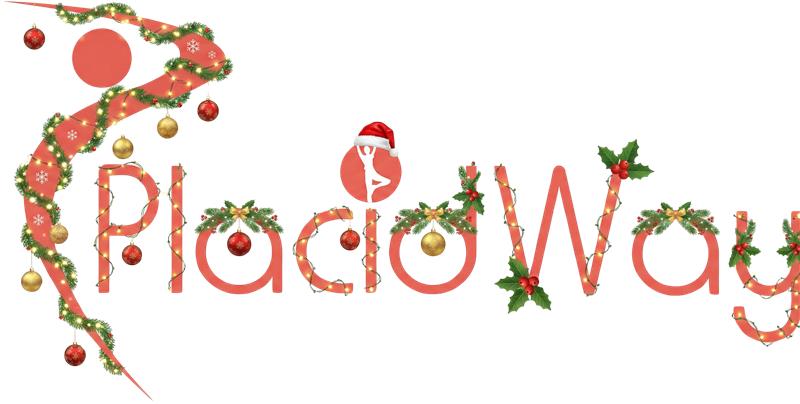

.png)

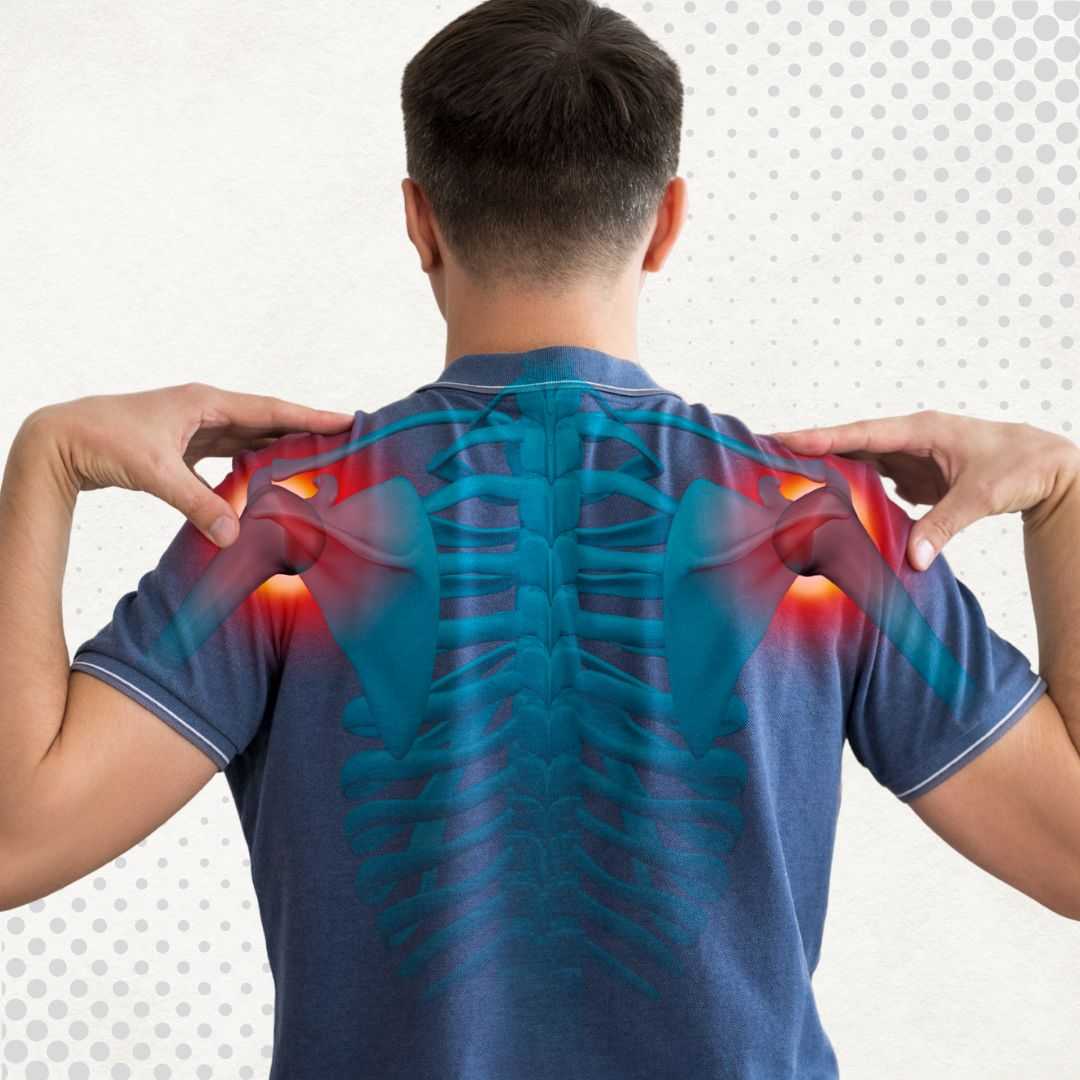



.png)
.jpg)
.jpg)
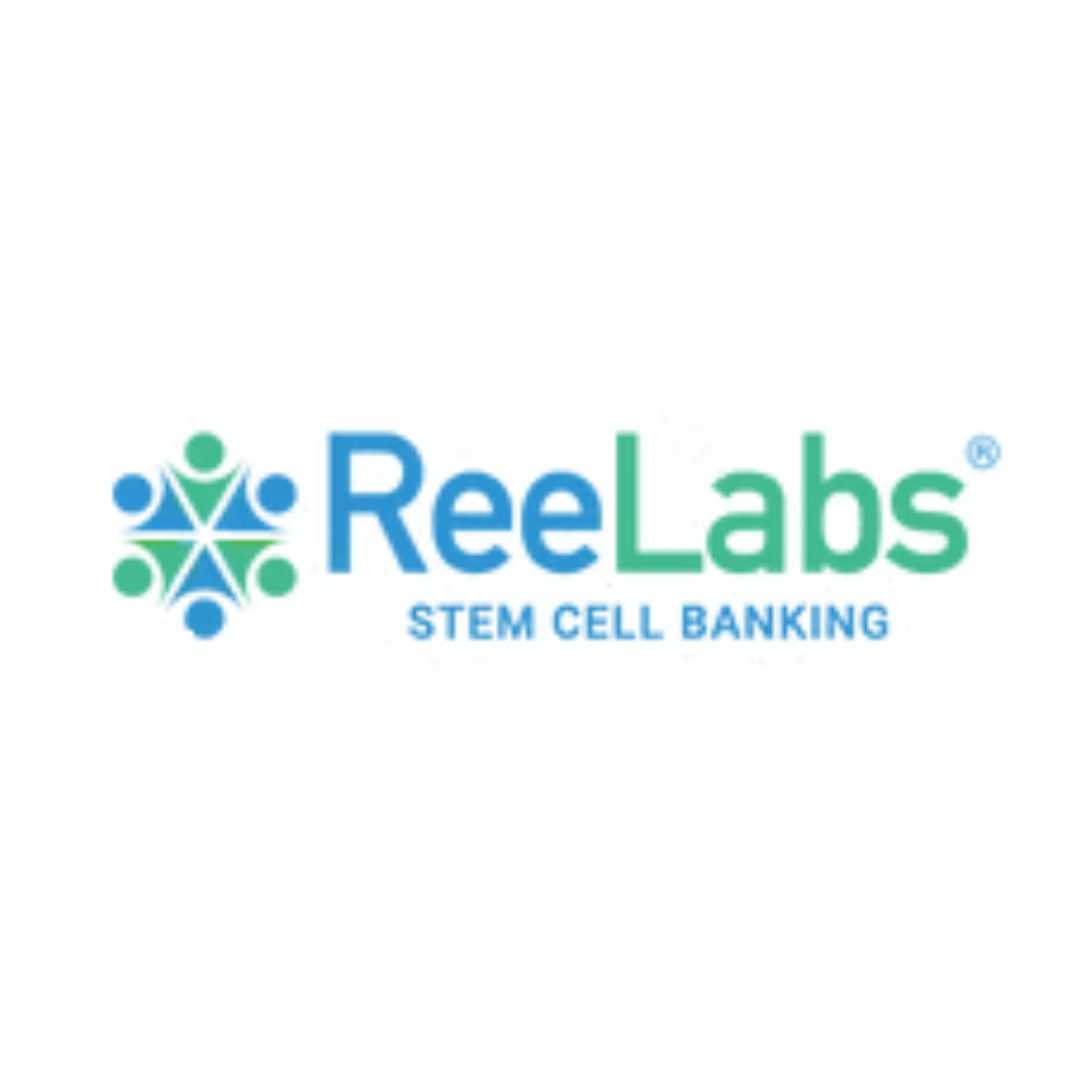
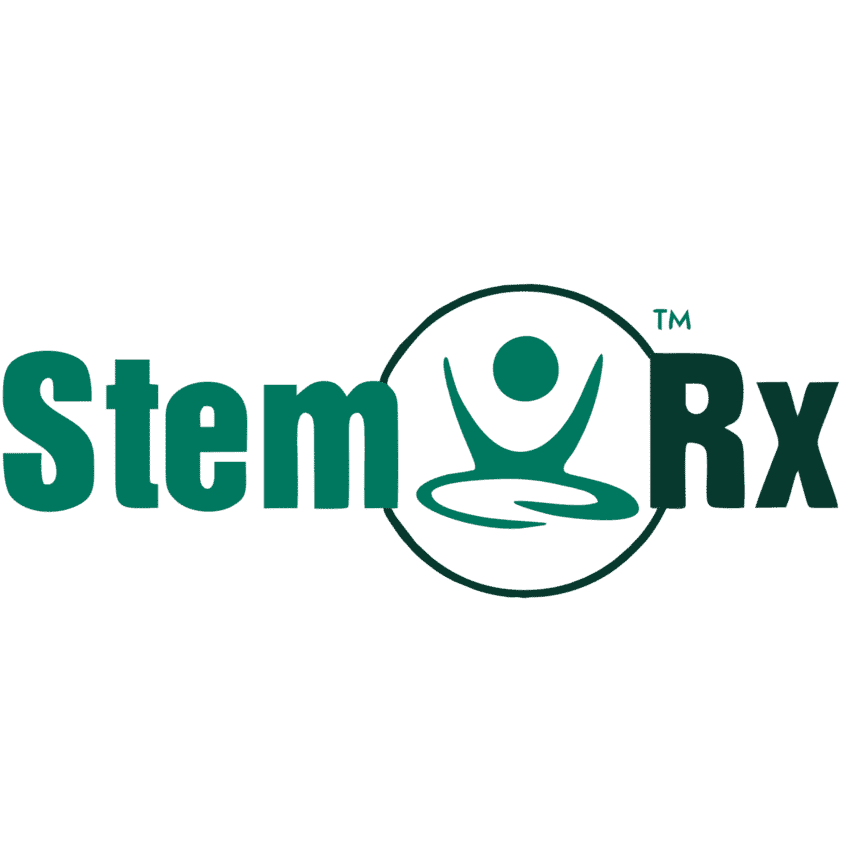
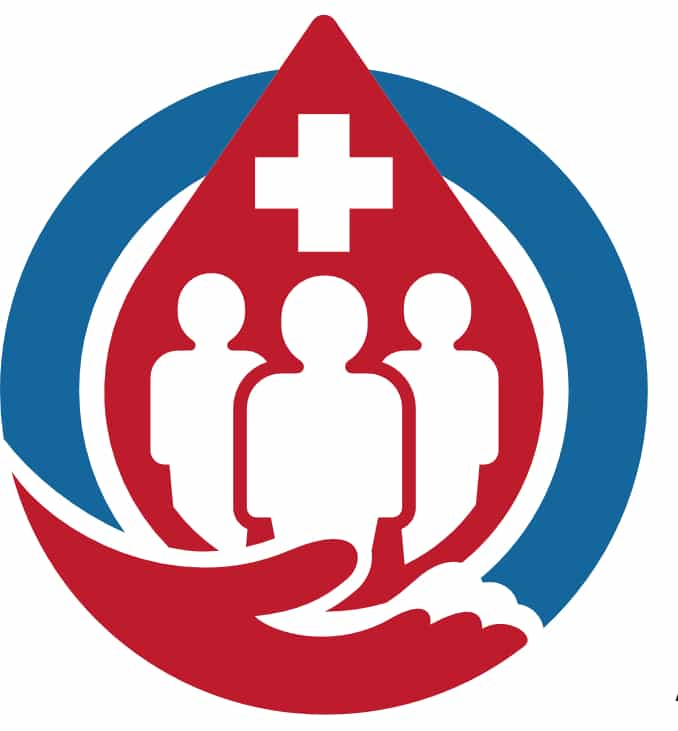

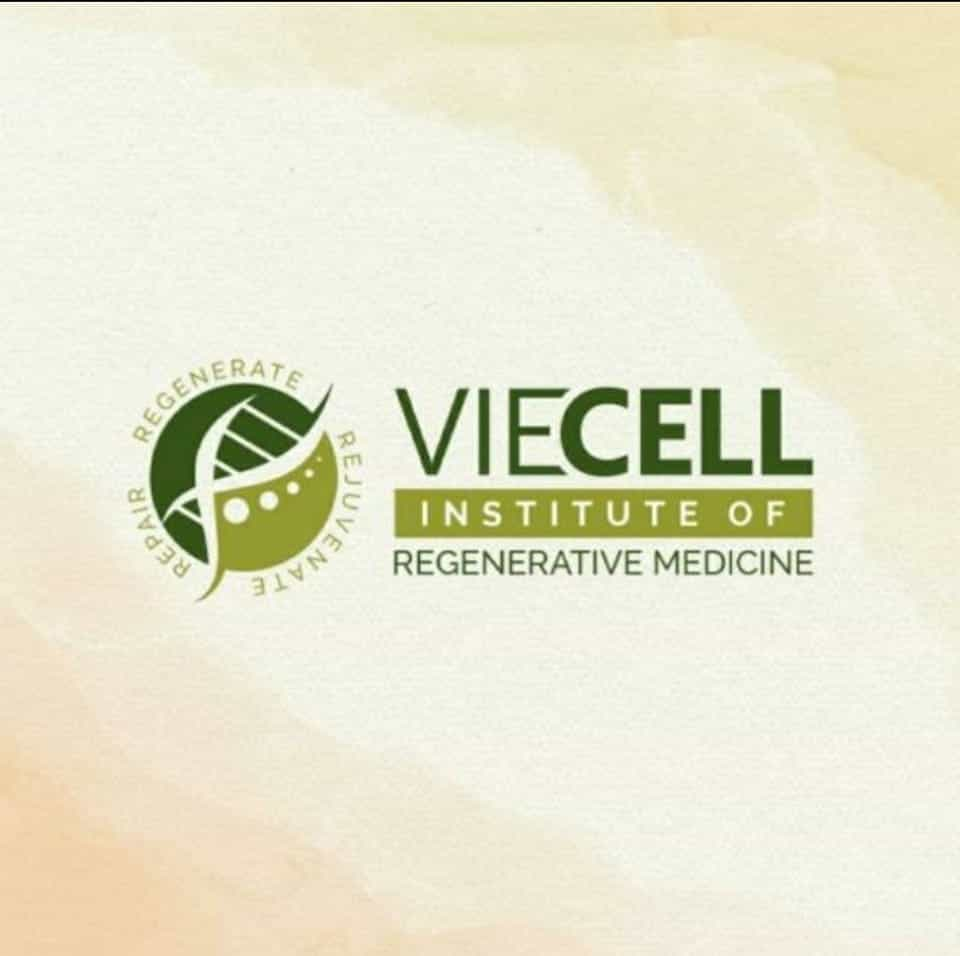

Share this listing